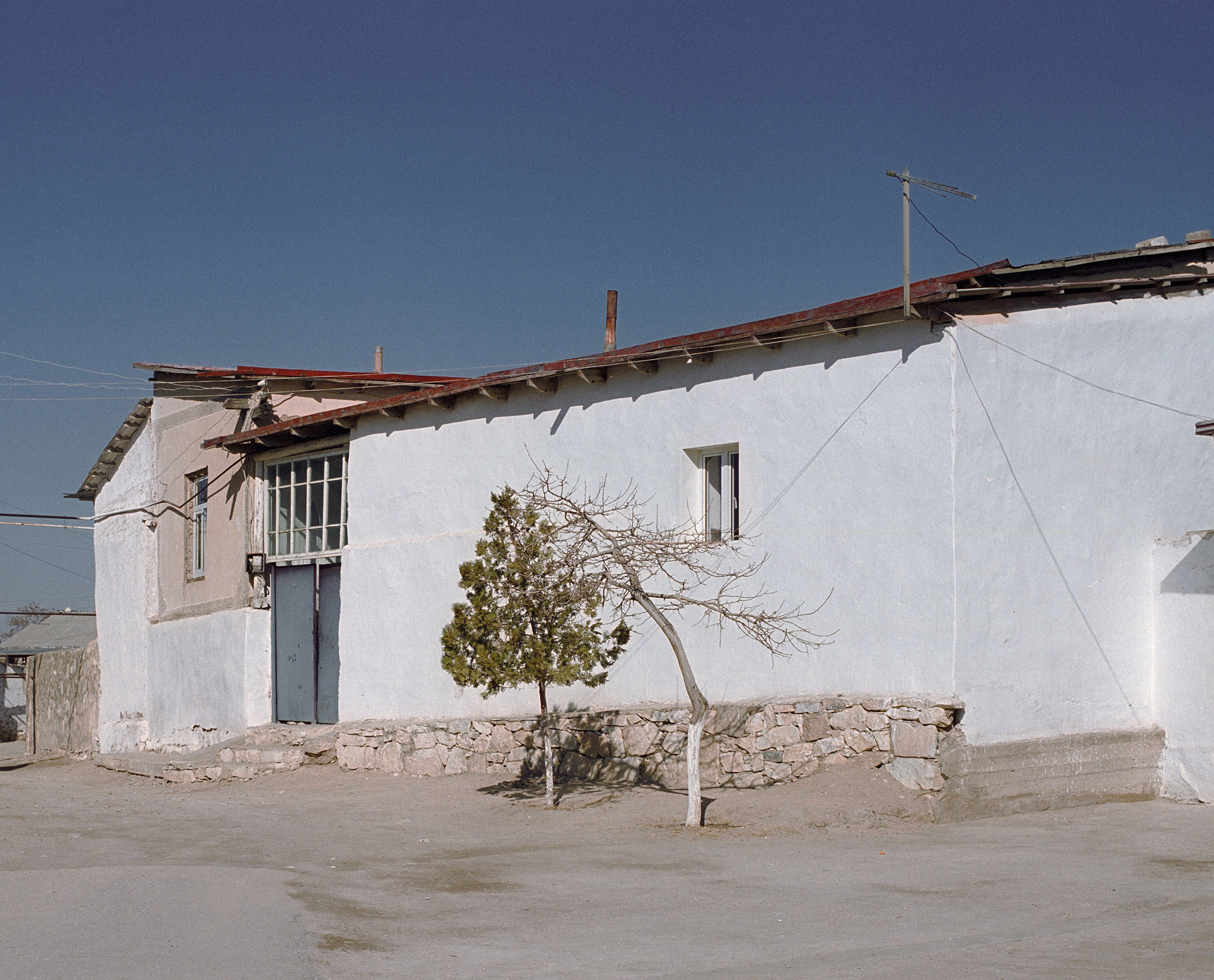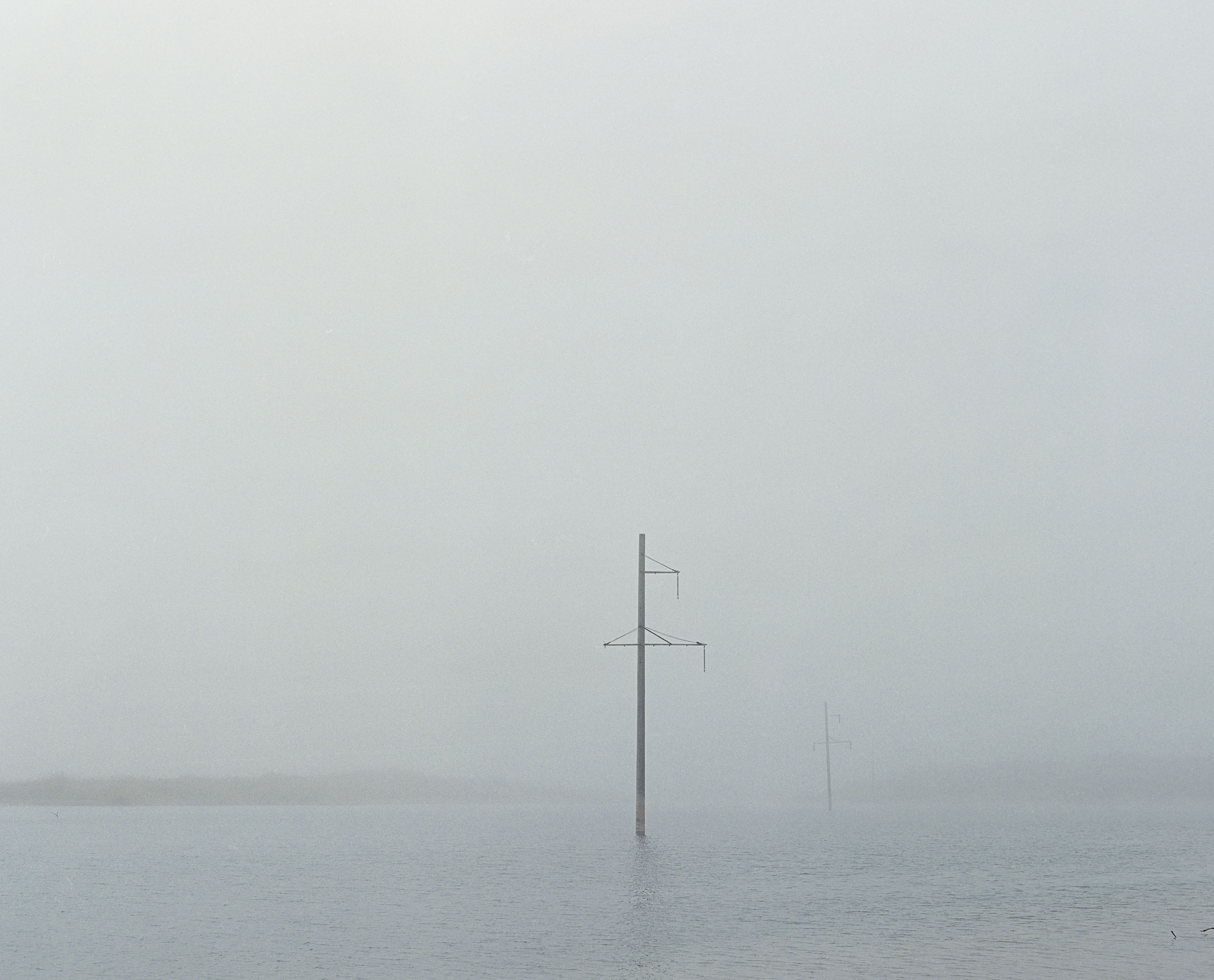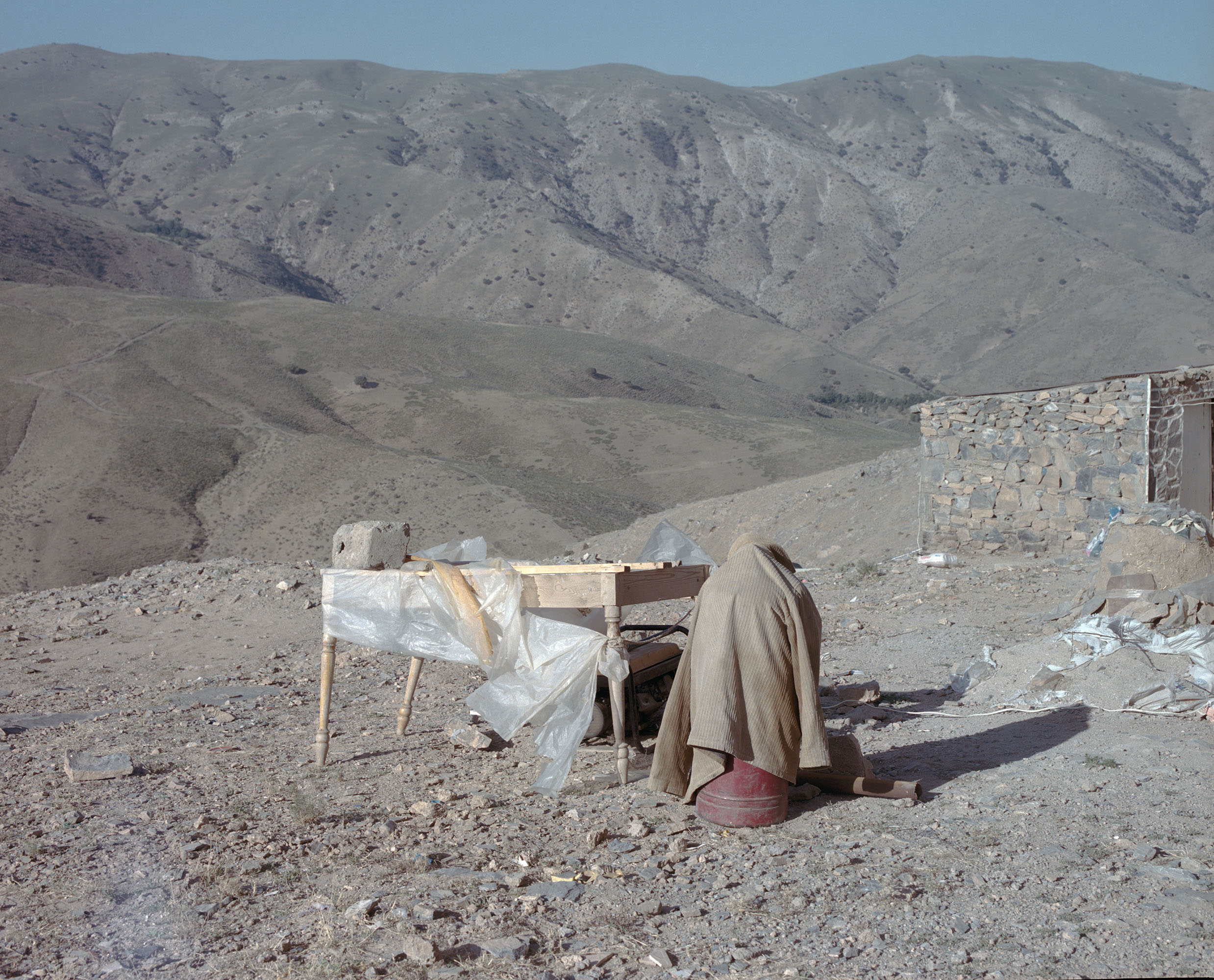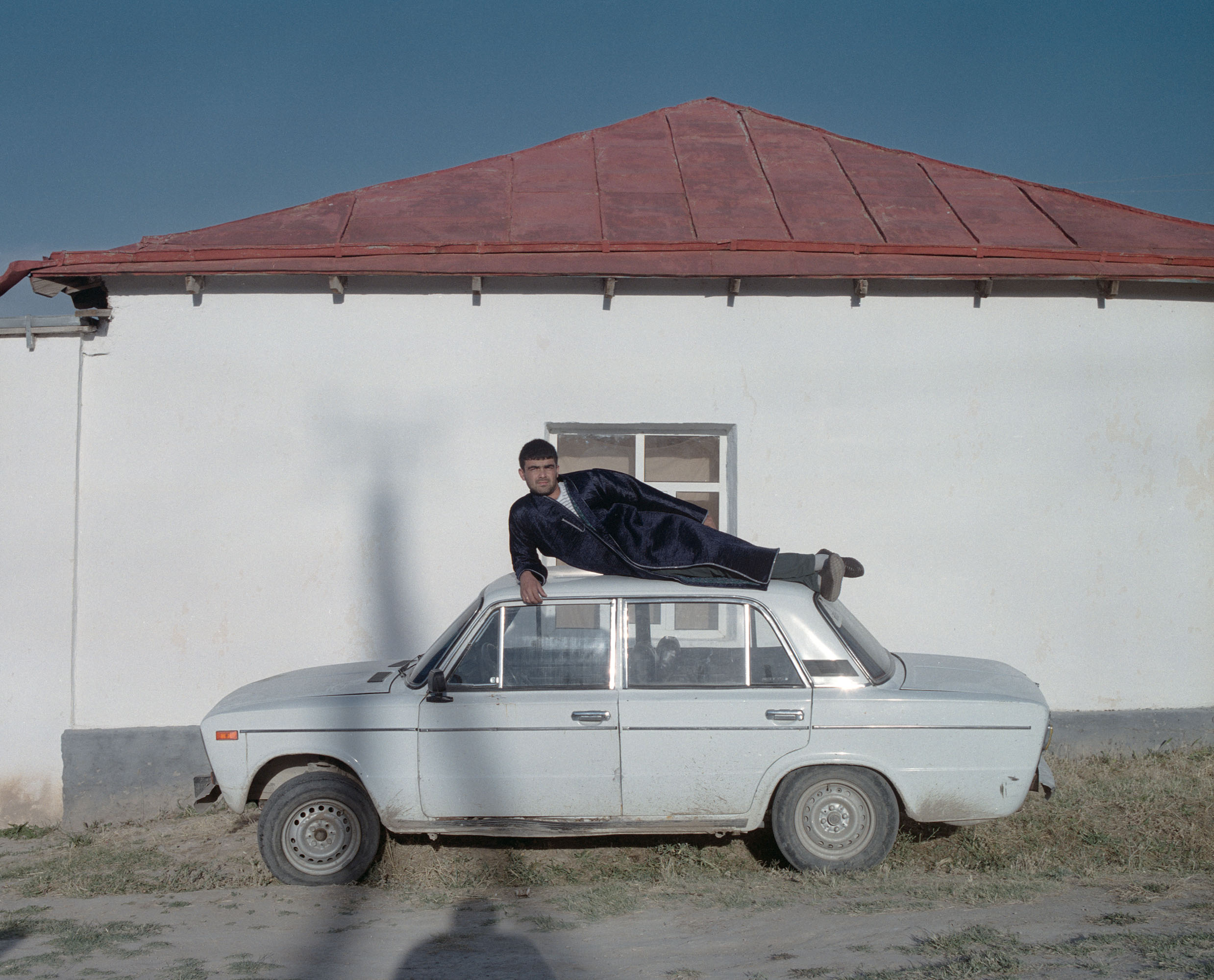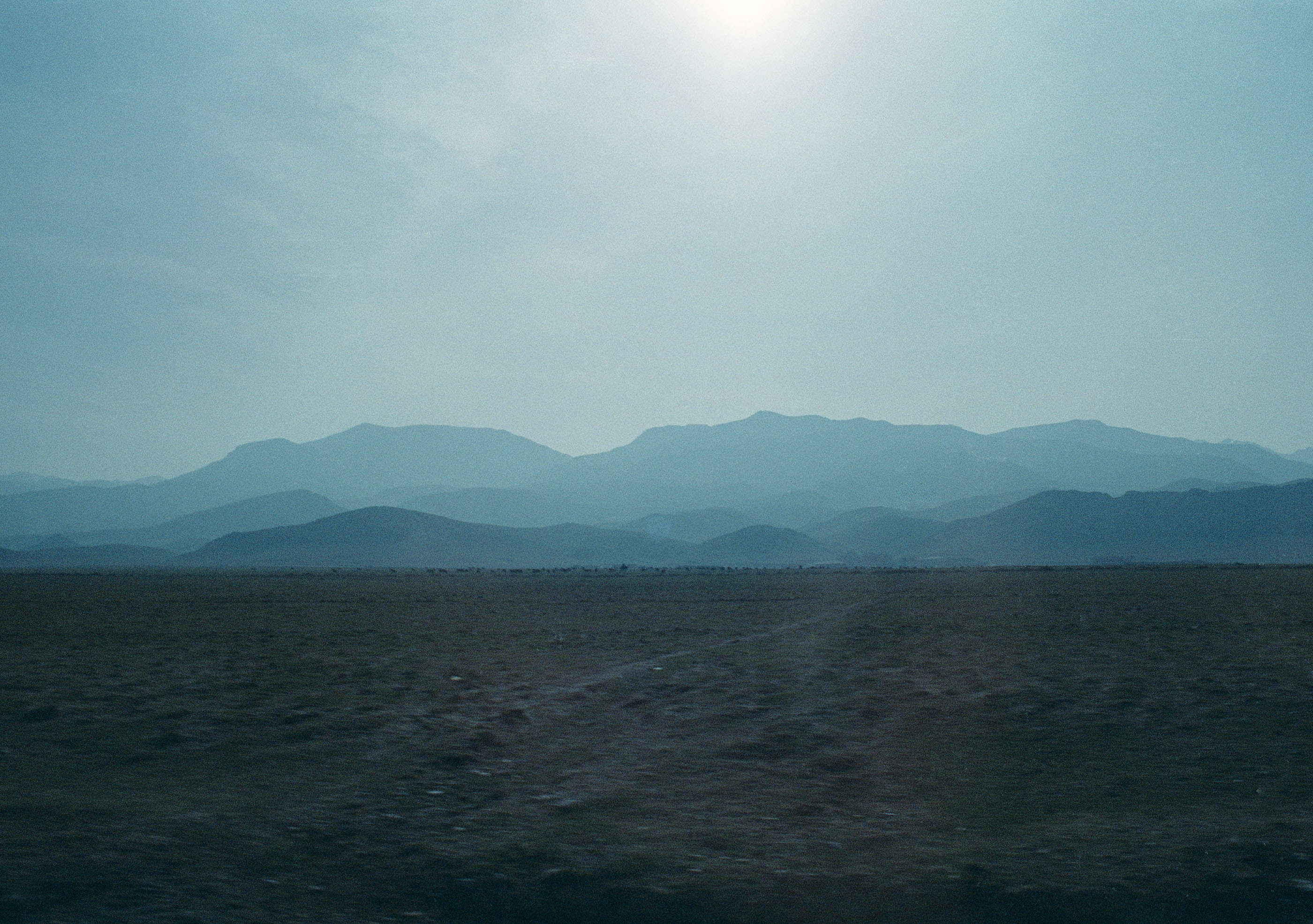Current view:
La photographie à tout prix,
BnF - Paris, France,
December 10th, 2024 - March 30th, 2025
Untitled ( Portrait of Uzbekistan)
2018 - 2021
My mindfulness in photography
practice (“photography as study”) began with fundamental questions about the
heritage of Uzbek visual archives. I still live in this state of mind, where
questions are born from the questions. In well-known formulations of
postcolonial practices photographing the “other” implies that the person behind
the camera is a foreigner. He has certain tasks and, of course, privileges over
the person being photographed. This means that his camera is an aggressive
machine. One day he will return to his land, showing his best photographs to
his friends. Like most countries with a colonial history, the primary basis of
Central Asia's photographic archives are photographs, albums and postcards
taken by European travelers and the military elite of the Russian Empire (such
as the Turkestan Album* or the color photographs of Prokudin-Gorsky**). This is
how the first ideas about the people and life of Central Asia were formed.
Decades
later, as part of the Soviet Union, Uzbekistan, like all Central Asia, is
visualized through the lens of a strictly censored system of relations between
the viewer and the author. This is a different photograph – here, camera
becomes more mobile, sometimes dangerous, predatory. As result, “Exotic Orient”
and “East Liberated” (which can be read as orientalism and propaganda)
contained on the one hand undoubtedly the value of this archive, but on the
other hand (and I often feel this) my concerns of this heritage. Do these
archives really belong to us? In the status of an independent country, starting
from the 1990- ies, Uzbek photography could also become independent, but it was
forced to remain within the framework of a regime that did not allow it to be
rethought and updated, remaining without due attention. The more I try to
understand the essence of photography, I realize how helpless I am in my
judgments.
How do I
see us?
How do I photograph us?
How do I want us to be seen?
This
series of photographs are my observations about the country. This intuitive
method of cognition (which has travel/personal, reflective functions) raises a
number of questions about the country’s current visual representation. I'm
trying to find out the meaning of our photographic legacy, the relationship
between power, the author and photography, and of course what is happening now.
Looking at the archives through the eyes of that same foreigner, taking his
place, or studying the works of the “first” local photographer Xudoybergan
Devonov *** I enter into a more complex and confusing system of personal
relationship with photography. Trying to understand the essence of our
photography, I often ask myself: do I feel a connection with previous
generations, do I stand firmly on my land, and, if there is an Uzbek myth hidden
in the mists of the centuries, will I one day be able to unravel it? In the
constructed hierarchy of values, where discussions of post-colonial / post-Soviet experience are rarely broadcast in art, and photography is
still traumatized and unrevealed, my work helps me in reflecting about my own
identity and my place in photography.
_____________________________________________
*
Turkestan Album (1871 -1872) - a six-volume album of 1,200 photographs, created
by order of the first Governor-General of Turkestan, Konstantin von Kaufmann,
the album demonstrated the possessions of the Russian Empire in Central Asia
**
Sergei Prokudin-Gorsky (1863–1944) - Russian scientist, pioneer of color
photography, author of photographs of Russian Turkestan created by the order of
Tsar Nicholai II
***
Xudoybergan Devonov (1879 – 1938) - considered as first Uzbek photographer and
cinematographer. Was shot during Stalin's repressions in 1938.


